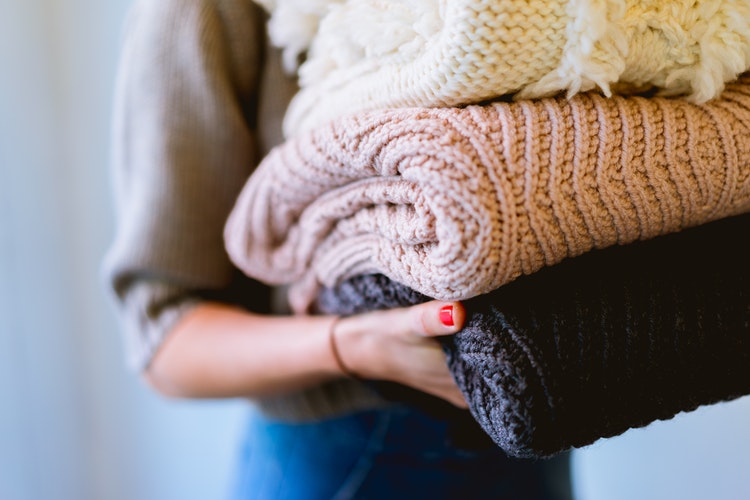

Want to know how to wash clothes by hand like a pro? 'Handwash only' means you just stick it in a bowl of soapy water then rinse, right? Wrong... How to do laundry isn't rocket science, but it is amazing what a difference using the right techniques can do to extend the good looks of your clothes.
And it's not always clear which clothes will withstand a handwash versus dry-clean.
Martha Stewart explains, 'Just because a clothing label reads "dry clean" doesn't mean it can't be hand washed, especially if it's made of natural fibers. Wool, silk, rayon, and linen can usually tolerate hand washing.'
In this guide, we'll take you through whether you have to handwash everything that's labelled as 'handwash only', tell you the best handwashing techniques and some clever ways to dry your precious buys, too.
- Want to learn more pearls of wisdom from the Real Homes team? Don't miss our round up of the best laundry hacks.
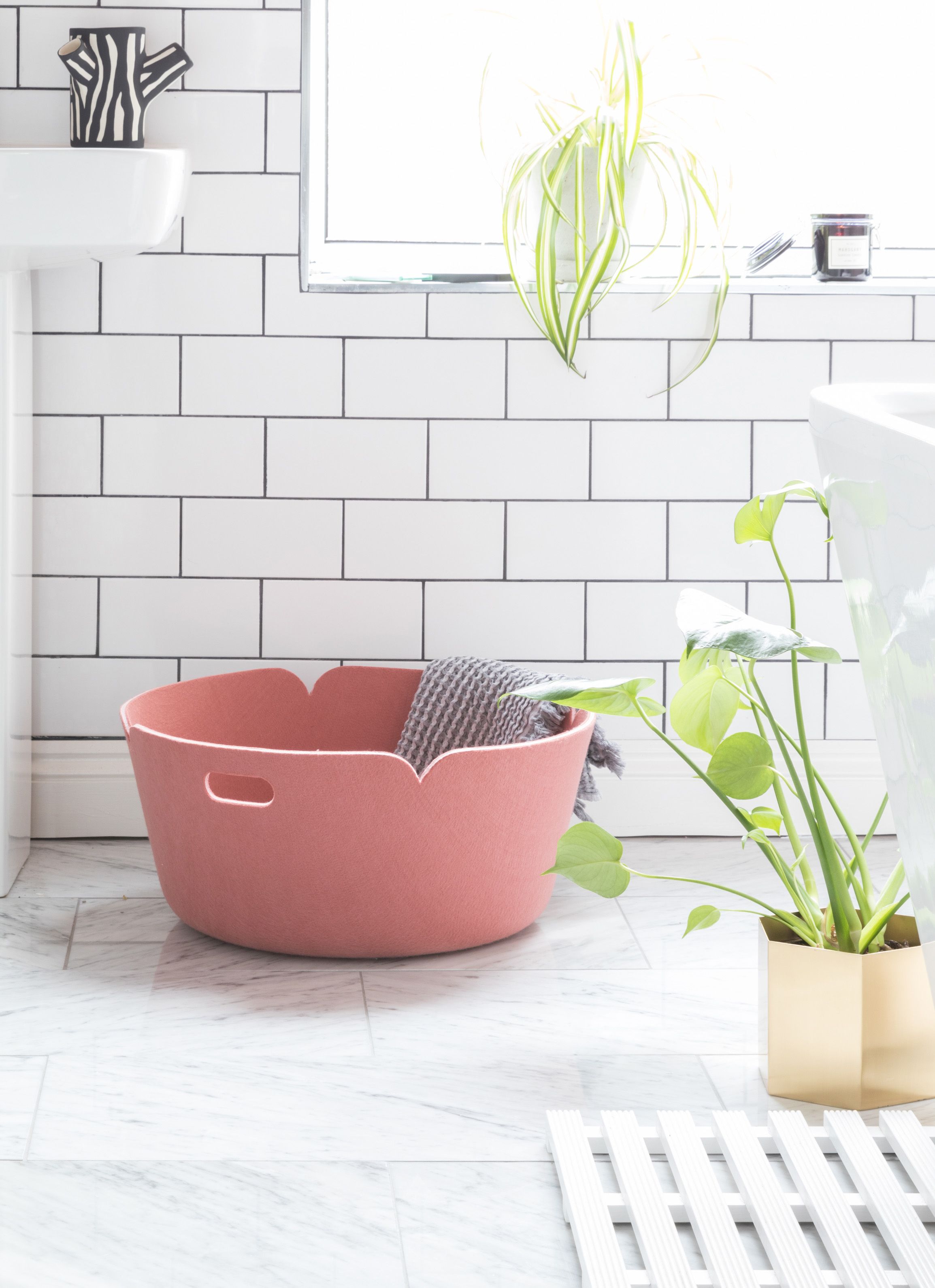
How to wash clothes by hand
1. Preparing the sink or bowl
This piece of advice is hard-won by the Real Homes team; more than one of us has carefully handwashed an item in a bowl that wasn't quite rinsed of bleach from an earlier cleaning job. #washdaydisaster.
So, ensuring the bowl or sink that you'll be handwashing the item in is squeaky clean is an absolute must. Wash yours well with a little warm soapy water, then rinse thoroughly before beginning your handwash.
2. Choose the right water temperature
Always follow the clothing's care label for instructions on choosing the water temperature for handwashing clothes. If there's no label or no clear instructions, choose lukewarm water, and bear in mind that woollens usually do best in a cool or cold wash.
The downsides to getting the water temperature wrong? It won't surprise you to know that if you use hot water for a delicate item that should be hand washed in cold water, the colour might run and its fibres might weaken, meaning it will shrink or stretch.
But you may be surprised to know that handwashing something in cold water that needs a hot wash will make it stiff.
3. Choose the best detergent
For starters, don't use your regular washing powder. Why? It needs the agitation a washing machine can produce, but you can't with your arms, to break down properly.
Martha Stewart explains, 'Do you still avoid mixing colors in a wash basin and what kinds of detergents should you use? There's good news in the context of the former: Hand-washing products have come a long way.'
'In days of yore, you had to empty and refill a basin until all the soap bubbles disappeared—think Laura Ingalls Wilder-level tedium. Now, rinse-free detergents like Soak and Purl SoHo Sweater Soap make the job super-speedy.'
Instead, buy a delicate handwash detergent, and ensure it's totally dissolved in the water before you immerse your clothing. Liquid wash detergents are better than powders because they dissolve faster, and to handwash clothes, you'll only need about a teaspoon's worth.
You can also use a mild washing up liquid (find the best in our buyer's guide) or dishwasher detergent.
For fabrics such as wool, silk and rayon give biological, high pH wash detergents a wide berth. Instead, look for pH neutral non-enzymatic detergents; these don't contain enzymes, bleach or brightening agents.
4. How to handwash clothes
Have you spot tested your detergent on an unseen part of your garment? If so, you're good to start washing your garments by hand. Here's how.
- Spot treat your clothing with a little of your washing detergent; gently apply it to any spots on the fabric with your fingers and allow it to soak in for 15 minutes.
- Next, add your clothing to the water, keeping whites and colours separate to prevent colour bleeds.
- Swish the clothing around in the water, but don't scrub, twist or wring, and leave to soak if there is no colour run and if they are heavily soiled.
- It's better to give dirty woollens two washes with a rinse between.
- Empty the bowl, then rinse the clothing thoroughly at least three times in clean, lukewarm water, until it runs clear.
- Ensure all soapy water is removed (you can check it by smelling the clothes; if they smell of soap, you'll need to rinse again). Leaving out this thorough rinse stage can weaken your clothes' fibers.
- Add a fabric conditioner to the final rinse water, to ensure that the garment stays soft.
- Gently (*very gently) squeeze the excess water from your clothing. Do not wring or twist it, which can spoil its shape.
How to hand wash underwear
- Dissolve handwashing detergent in lukewarm water
- soak the bras and underwear in the water for around 15 minutes, gently working the soapy suds in to the fabric with your hands.
- Empty the bowl of water then run the bras and underwear under a tap running lukewarm water until it runs clear.
- Dry the clothing by blotting it with a dry, clean towel before hanging it up to dry.
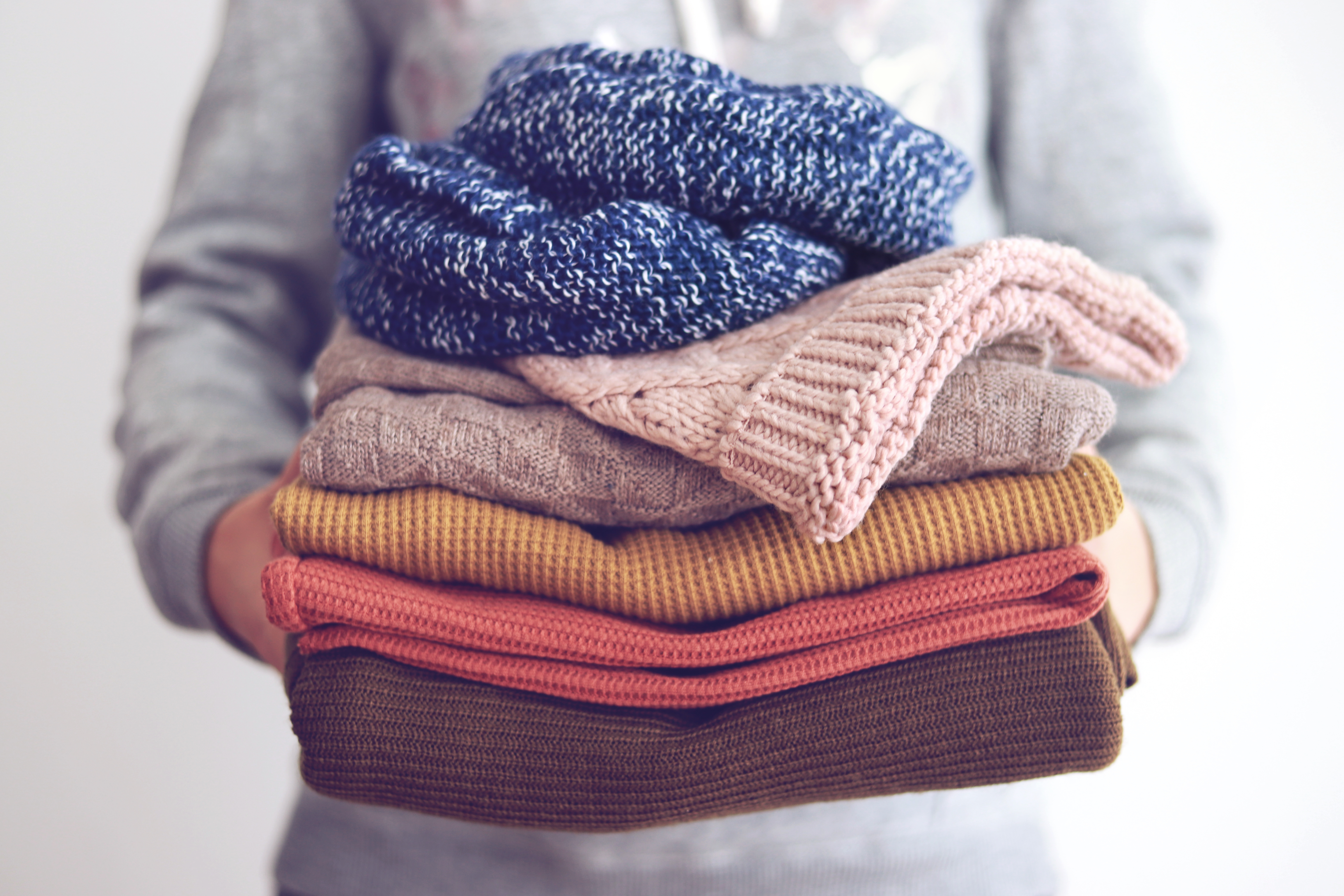
Do you have to handwash clothes?
The simple answer to that is 'no'. If your item is labelled 'handwash only', it should be handwashed, just as if it was labelled 'dry clean only' you should have it dry cleaned.
If, however, it's labelled as 'delicate' or 'handwash', it should be okay to go in the washing machine, but only on a delicate cycle. And, again, if it's labelled 'dry clean', it may be okay to handwash.
However, we'd always advise two things: if you're not sure, if the piece was very expensive, if you don't want to risk it, always take the safer route. And, if you do decide to handwash, always check a small area at the back of the item first for colour-fastness.
- Need to find the delicate cycle on your washer? Consult our washing symbols guide to find the cycle symbol on your washing machine type.
Why handwash clothes and not machine wash?
Some delicate fabrics – think lacy underwear, woollen jumpers, silk blouses – will usually keep both their original colour and shape better if handwashed properly rather than machine washed.
However, always be aware that bright- or dark-coloured items can bleed their colours, which is why a test on a small area is best done first and why a lukewarm or cool wash is often the most sensible route.
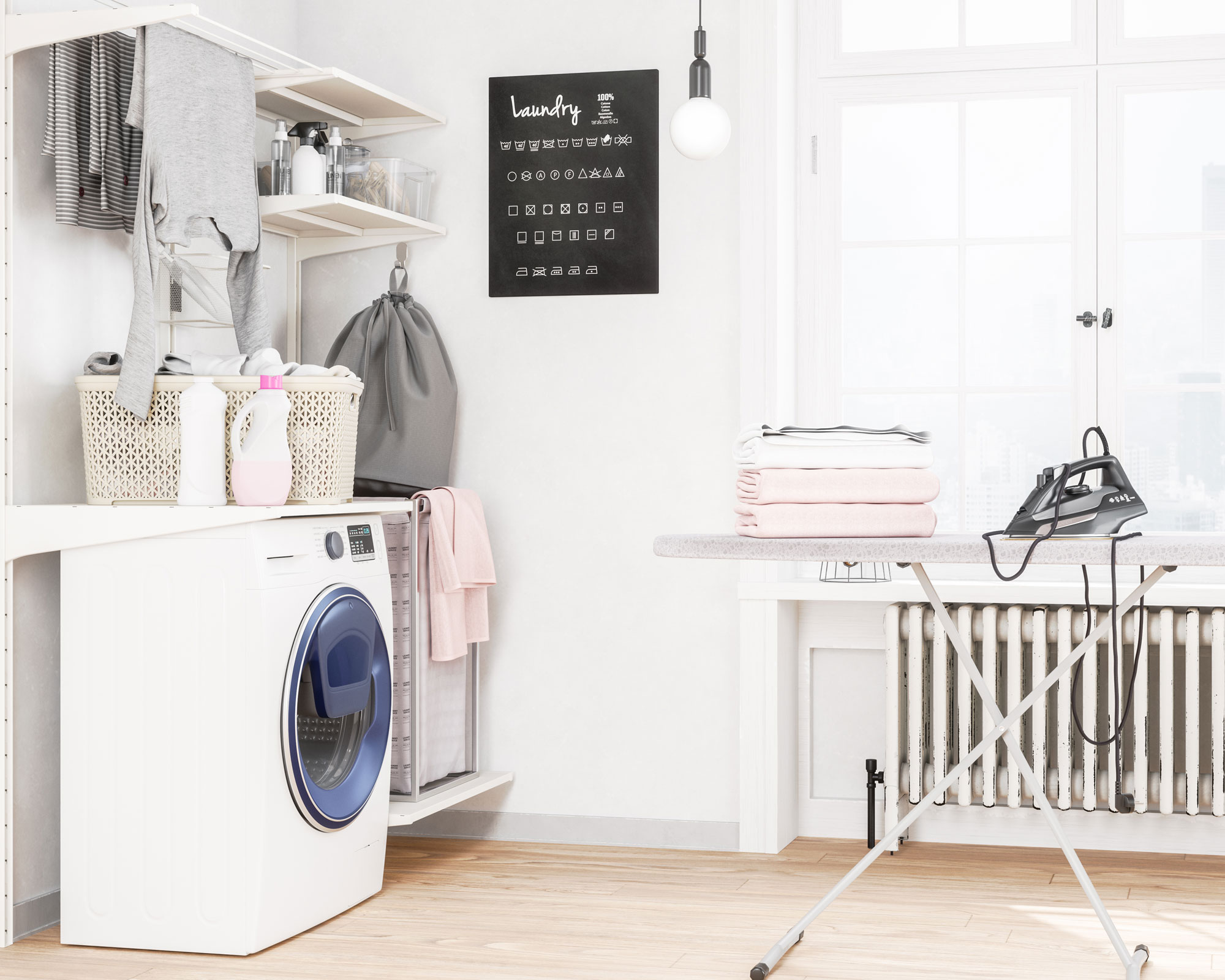
- Looking for a top dryer? Find the right one with our buyer's guide to the best tumble dryers.
How to dry handwashed clothes
If your washing machine has a delicate spin that you can stop after a couple of minutes to remove the item, you can also use this now; it's especially useful if the clothing's dye is likely to run, too. But never tumble dry handwash items.
Here's how to dry handwashed items without a dryer:
- With the excess water squeezed out, transfer your handwashed item on to a clean white (to avoid colour transfer) towel on the floor or countertop.
- Now roll the towel tightly to remove still more water.
- Reshape your clothing gently, then hang silk, polyester and cotton clothing on hangers or racks to dry woollens and cashmere should be dried flat on a dry, clean white towel, out of direct sunlight and away from direct heat.
- If the towel has been washed several times, all the better, since this will help remove any lint from it.
- You may need to swap to another dry towel when you flip the clothing after a few hours.
- The best dehumidifier (see our buyer's guide for recommendations) can help speed up the drying process without damaging your clothes.
How to handwash tights
- Turn your tights inside out.
- Dissolve handwashing detergent in lukewarm water (not hot, which can affect your tights' elasticity), then gently work the soapy suds in to the feet and crotch with your hands.
- Soak the tights in the water for around 15 minutes, then empty the bowl of water then run the tights under a tap running lukewarm water until it runs clear.
- Ball up the tights to squeeze out, blot them with a clean, dry towel and lay flat to dry (hanging them up will cause them to stretch).
How to handwash sweaty clothes
If you have a top that's a little niffy, you need to neutralise the smell of the sweat.
To do this, follow the below step-by-step:
- Fill your bowl or sink with lukewarm water, mild handwash detergent and just over half a cup of white vinegar.
- Pop the top or sweater, inside out, into the water and swish gently.
- Allow to soak for 10 to 15 minutes (assuming there's no colour run), then drain the bowl or sink and run cold water over the clothing until it's thoroughly rinsed.
- Follow our drying instructions above for perfect results.
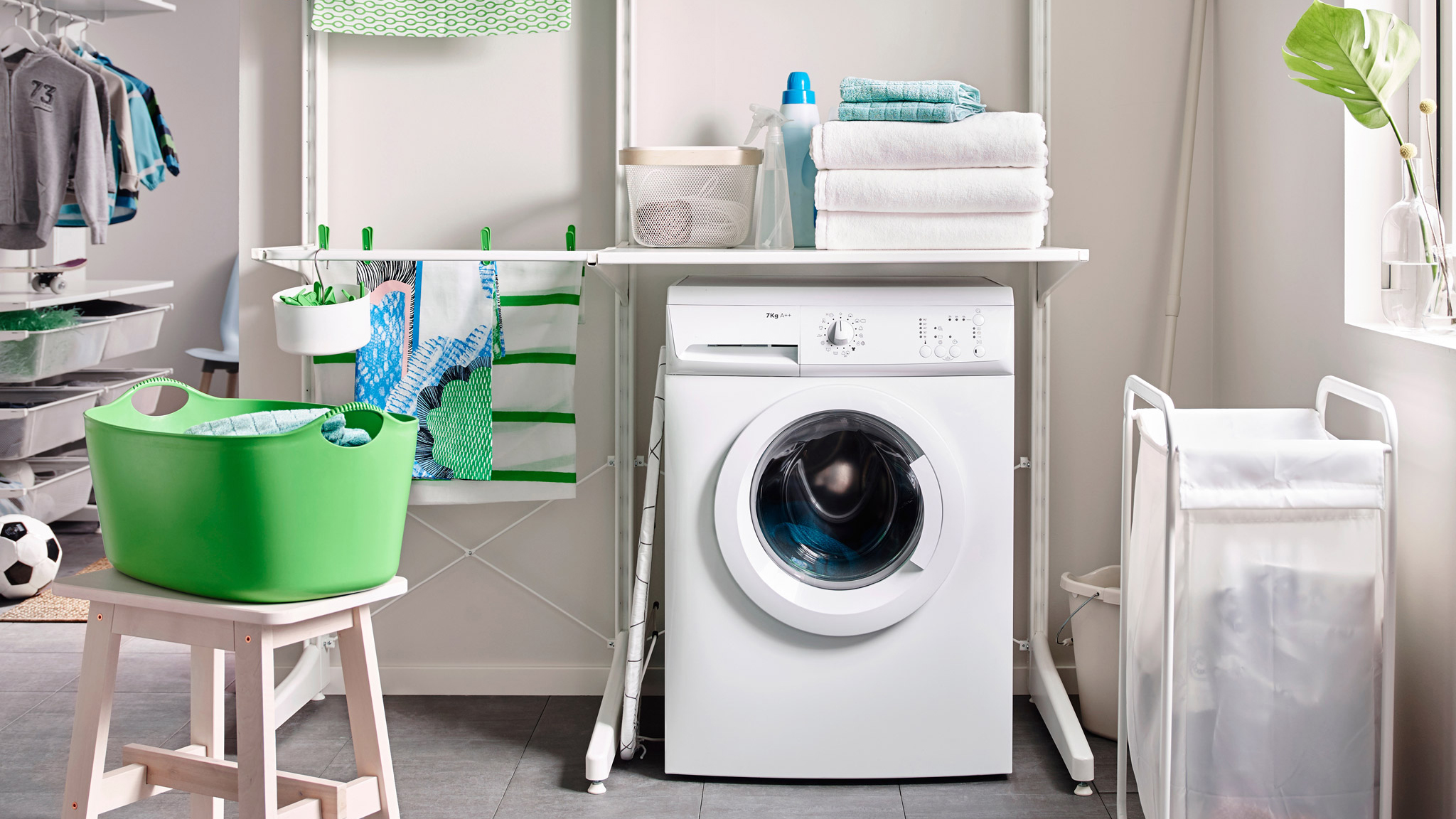
- Think you might need to wash your washer? Here's how to clean your washing machine.
Martha Stewart's hand washing hacks
The homekeeping guru has a few top tips to make hand-washed items as good as new:
'Help cardigans keep their shape by buttoning them before washing. Restore a delicate sweater to the right size by measuring it from shoulder to shoulder, across the bottom, and outside of each arm before washing. Then block to those measurements after washing. Remove pills with a fine-tooth comb or a pill remover.'
Join our newsletter
Get small space home decor ideas, celeb inspiration, DIY tips and more, straight to your inbox!
Lucy is Global Editor-in-Chief of Homes & Gardens having worked on numerous interiors and property titles. She was founding Editor of Channel 4’s 4Homes magazine, was Associate Editor at Ideal Home, before becoming Editor-in-Chief of Realhomes.com in 2018 then moving to Homes & Gardens in 2021. She has also written for Huffington Post, AOL, UKTV, MSN, House Beautiful, Good Homes, and many women’s titles. Find her writing about everything from buying and selling property, self build, DIY, design and consumer issues to gardening.
-
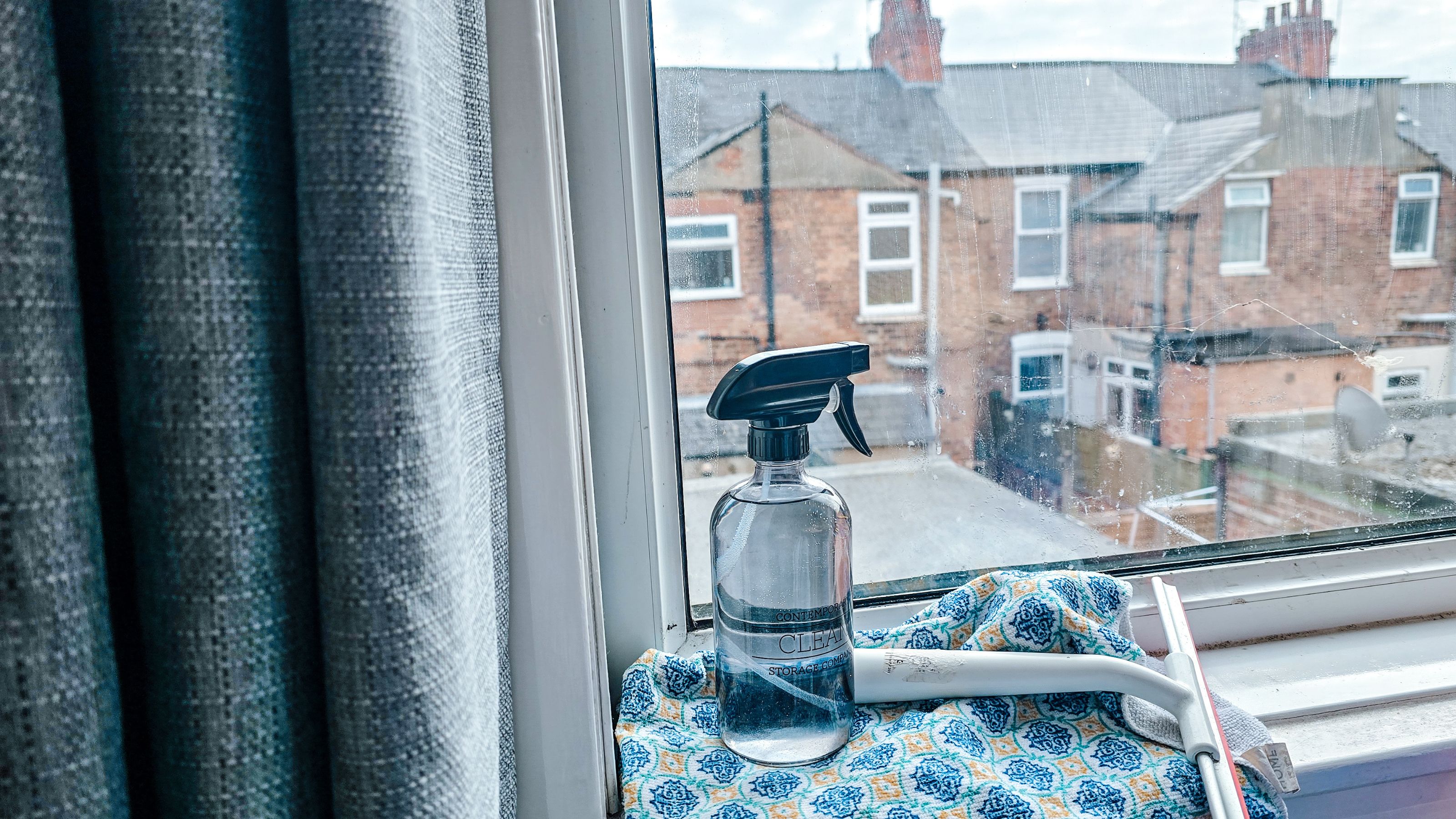 How to clean windows without streaks — 5 easy steps that cleaning pros always follow
How to clean windows without streaks — 5 easy steps that cleaning pros always followThis method on how to clean windows is favored by professional cleaners. We've asked them for the steps you should follow, plus picked cleaning buys
By Eve Smallman
-
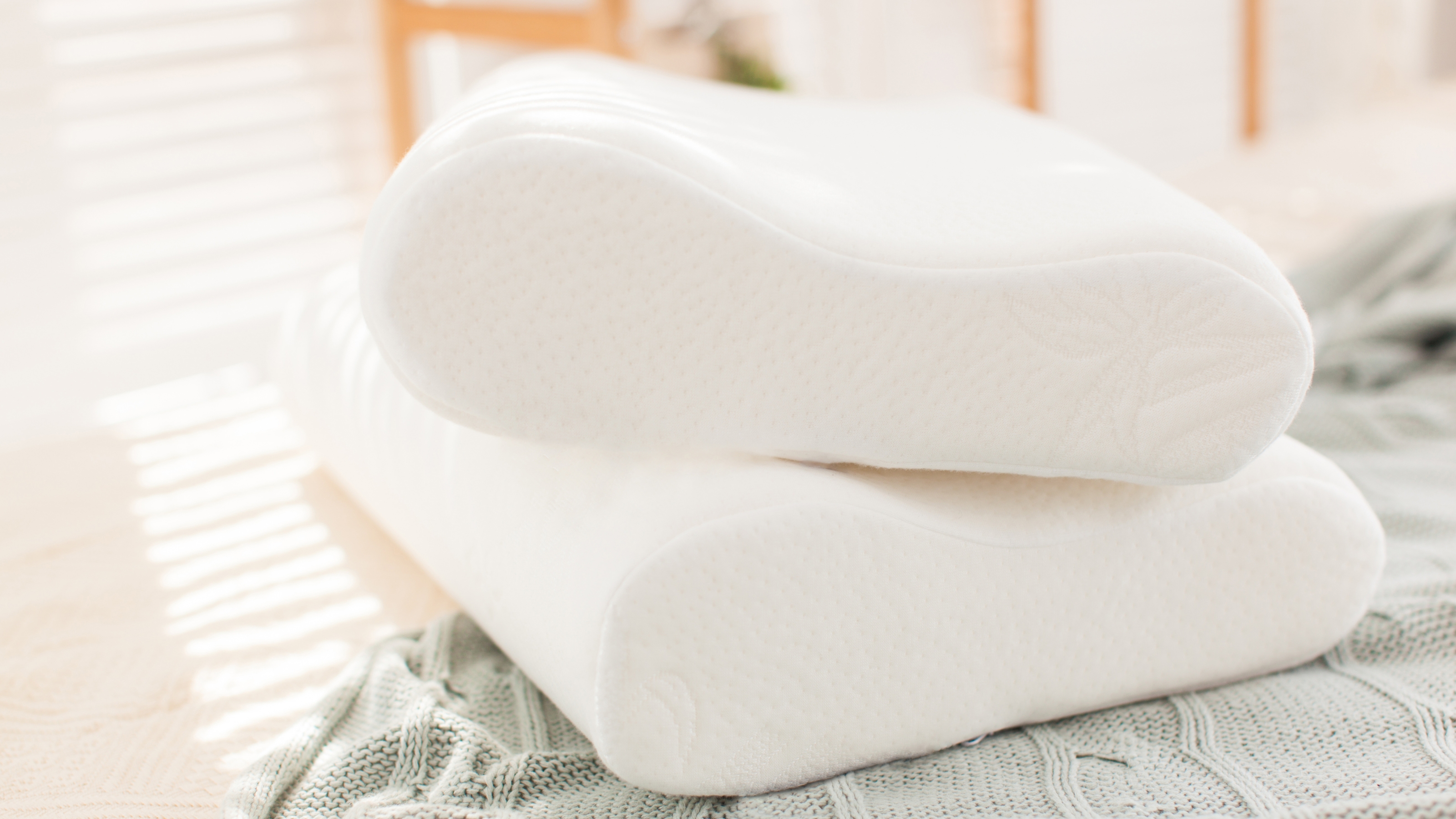 How to clean memory foam pillows — 4 steps to refreshing yours at home
How to clean memory foam pillows — 4 steps to refreshing yours at homeIt's time to clean memory foam pillows the right way with some expert advice. Sleep easy with this simple step-by-step guide to get yours fresh
By Andy van Terheyden
-
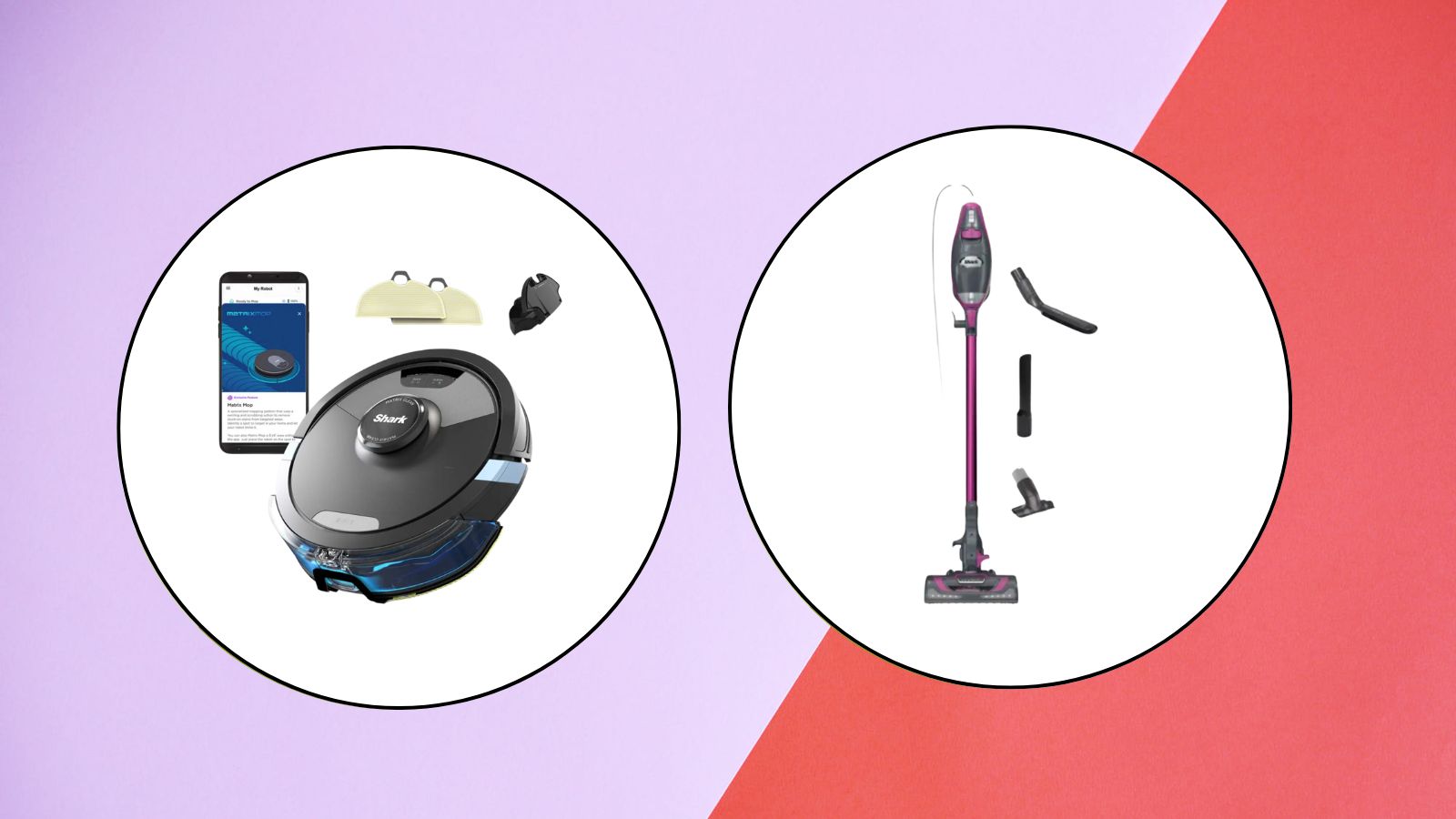 The latest Shark sale deals are perfect for pollen-proofing your home — with up to $150 off our favorite vacuums
The latest Shark sale deals are perfect for pollen-proofing your home — with up to $150 off our favorite vacuumsWe found the latest Shark sale deals on vacuums that are sure to be swooped up, especially as spring blooms trigger pollen allergies and we're in need of extra cleaning
By Danielle Valente
-
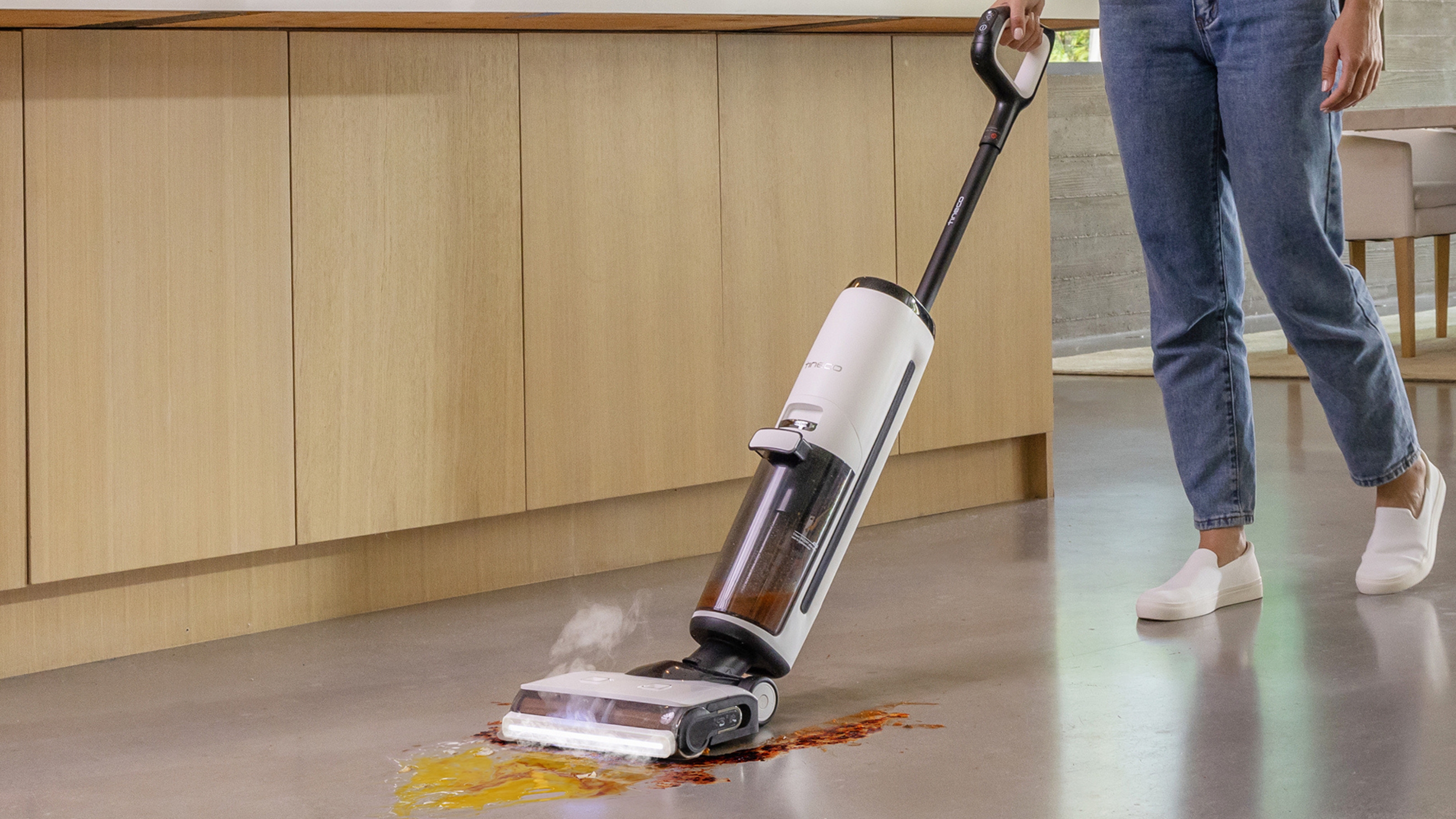
 Tineco Floor One S7 steam wet-dry vacuum review — spotless floors with minimal effort
Tineco Floor One S7 steam wet-dry vacuum review — spotless floors with minimal effortOur contributing editor, Camryn Rabideau, tests the Tineco Floor One S7 steam wet-dry vacuum in her New England homestead property
By Camryn Rabideau
-
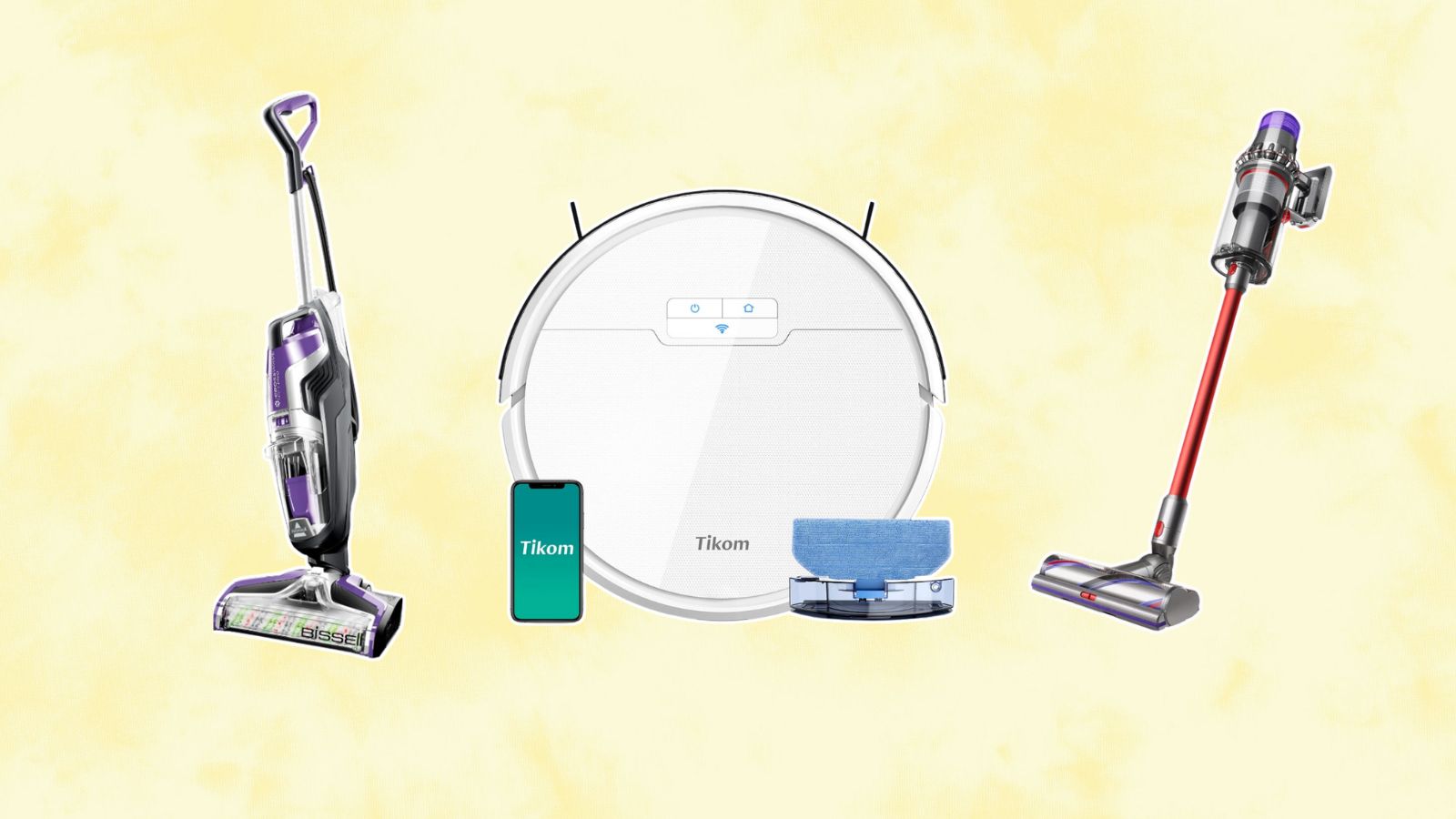 Amazon vacuum cleaners to nab during the retailer's Big Spring Sale — save up to 60% off our go-to small-space finds
Amazon vacuum cleaners to nab during the retailer's Big Spring Sale — save up to 60% off our go-to small-space findsChecking out the savings on Amazon? Vacuum cleaners are a must-buy during their first Big Spring Sale — here are our favorites up to 60% off
By Danielle Valente
-
 The Home Edit Walmart cleaning collection has just debuted with finds from $3
The Home Edit Walmart cleaning collection has just debuted with finds from $3Spring cleaning, anyone? The Home Edit Walmart cleaning collection has hit shelves with picks from $3
By Danielle Valente
-
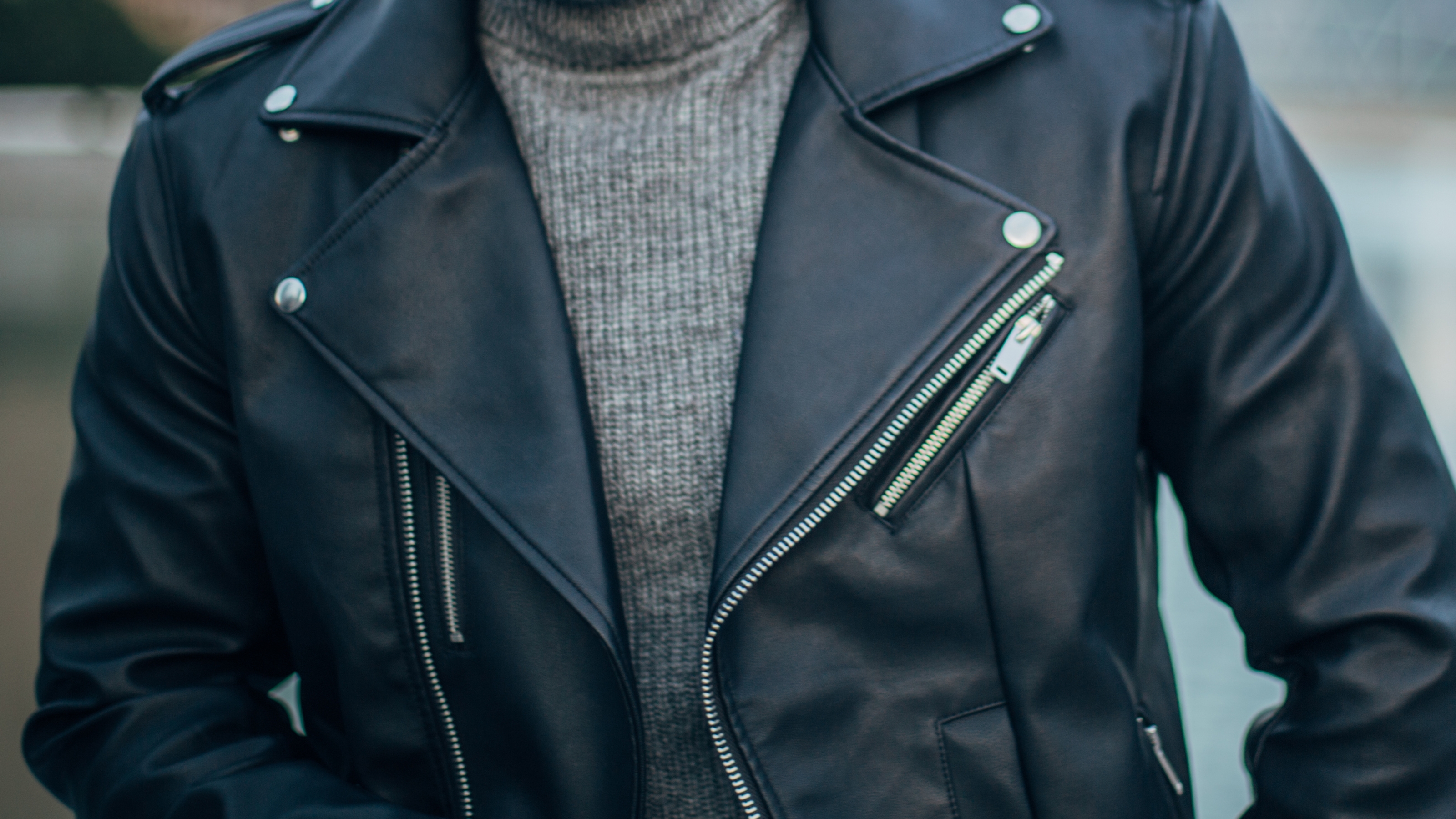 How to clean a leather jacket without dry cleaning
How to clean a leather jacket without dry cleaningOur experts break down the best ways to clean a leather jacket at home without damaging the material and dish the best DIY cleaning tips and solutions
By Emily Lambe
-
 How to clean carpet on stairs — 3 simple steps to a spruced up staircase
How to clean carpet on stairs — 3 simple steps to a spruced up staircaseWant to know how to clean carpet on stairs? Our experts explain the simple steps to a sparkling stairway without too much elbow grease
By Andy van Terheyden